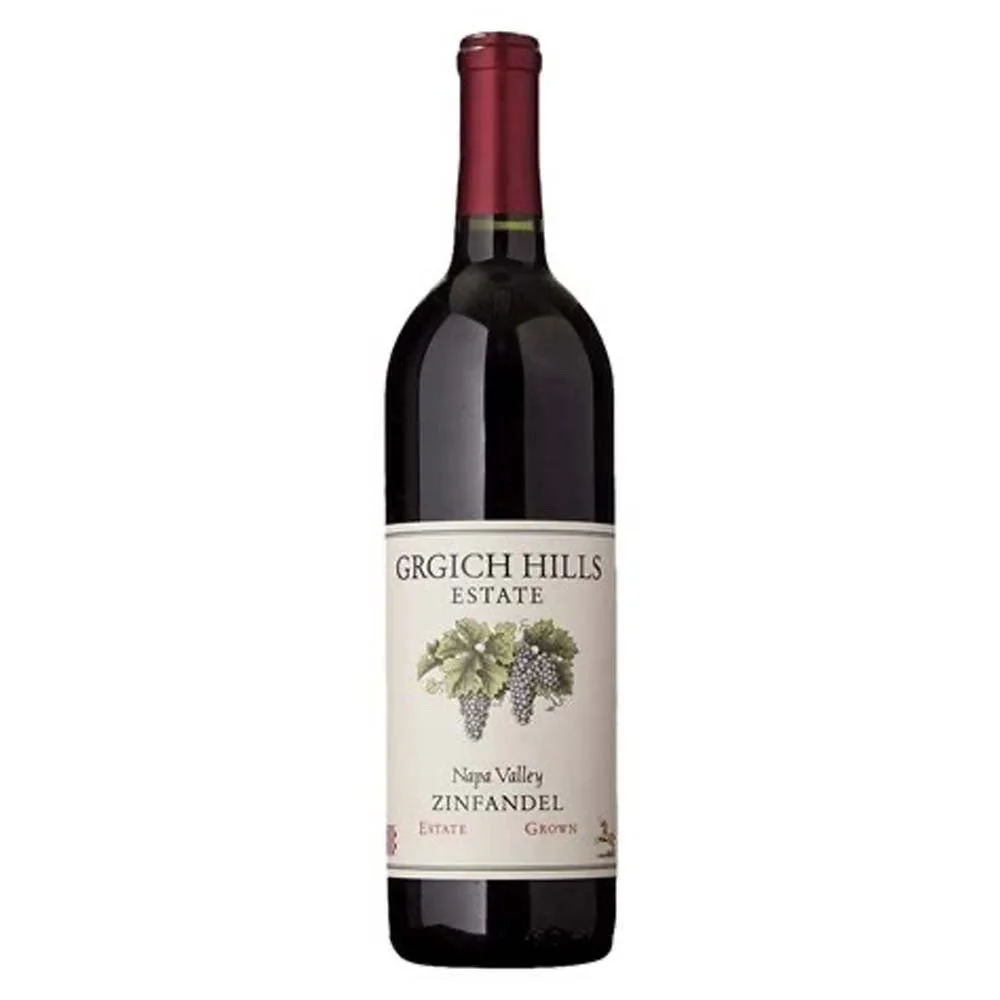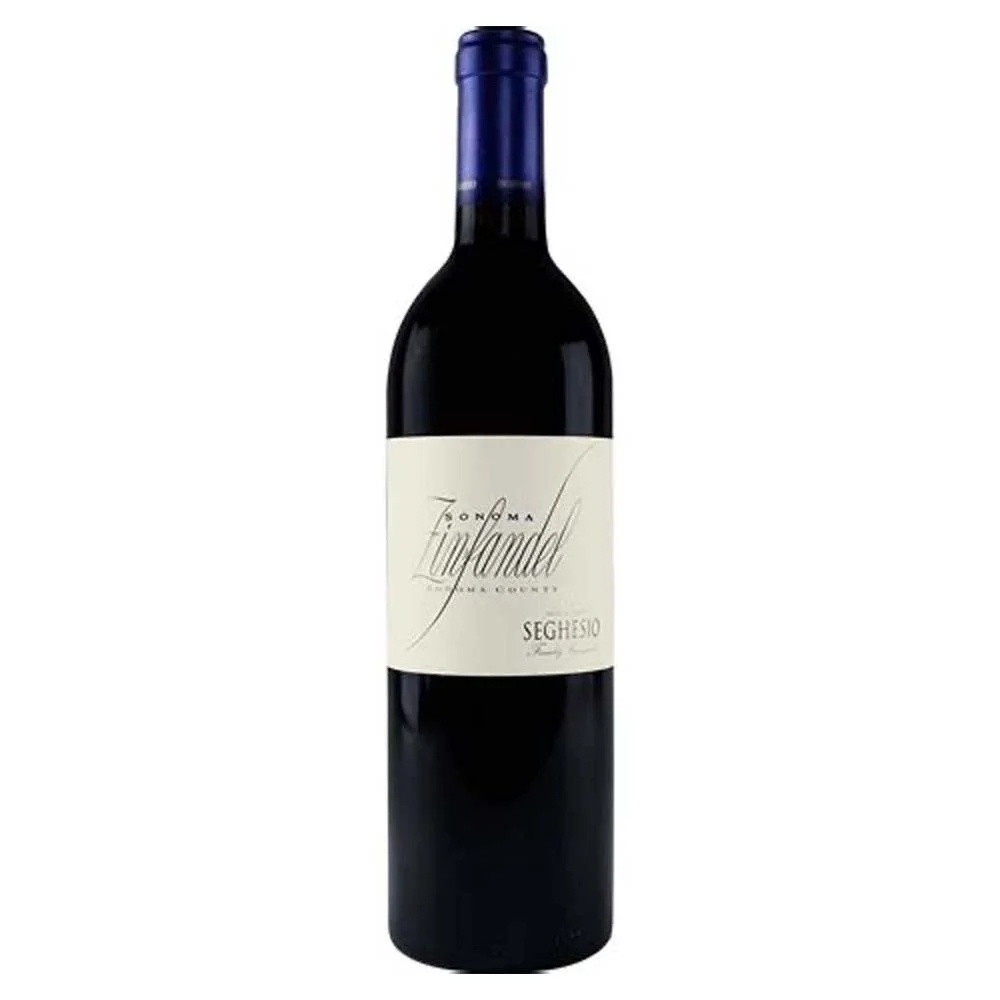ZINFANDEL
Bold, Ripe, And Unapologetically American
Zinfandel is a full-throttle red wine known for its ripe fruit, spice, and signature intensity. Once considered California’s “mystery grape,” it has become a beloved emblem of bold, rustic charm—especially in old-vine bottlings. With flavors ranging from juicy raspberry to smoky pepper, Zinfandel offers warmth, generosity, and a distinctly American style.
Key Characteristics
Zinfandel is fruit-forward, often high in alcohol, and layered with spice. It can range from jammy and rich to dry-farmed and structured depending on site and winemaking.
Style
Still, red (also made as rosé and dessert wine)
Body
Medium to full
Acidity
Medium
Primary Grapes
Zinfandel (also known as Primitivo in Italy)
Typical Flavors
Blackberry, raspberry, plum, black pepper, licorice, tobacco, baking spices
Origin & History
Zinfandel arrived in the U.S. in the 19th century and flourished in California, though its true origins trace back to Croatia (as Crljenak Kaštelanski) and southern Italy (as Primitivo). It gained popularity during the Gold Rush, survived Prohibition, and was once America’s most planted red grape. Today, old-vine Zinfandel is celebrated for its depth and historical significance.
How It’s Made
Zinfandel ripens unevenly, often with raisined and underripe berries in the same cluster. This complexity gives winemakers the opportunity to craft concentrated, spicy wines. It’s commonly aged in American oak, highlighting its sweet spice and smoky tones. Some styles are intensely extracted; others—especially old-vine expressions—focus on balance and structure.
Notable Regions
Zinfandel is most at home in California, where ancient vines and varied climates yield expressive styles.
United States
California
Sonoma, Napa, Lodi, Paso Robles
From lush and jammy to elegant and spicy; Sonoma often shows restraint, Lodi brings richness
Italy
Puglia
(as Primitivo)
Riper, softer, and fruit-driven with earthy undertones
Croatia
Dalmatian Coast
Zinfandel’s ancestral home, offering leaner, more mineral-driven reds
Food Pairings
Zinfandel’s bold fruit and spice pair best with hearty, smoky, or grilled flavors.
Appetizers
BBQ meatballs, spicy sausage, charred vegetables
Meats
Barbecue ribs, brisket, lamb chops, burgers
Cheeses
Aged cheddar, blue cheese, smoked mozzarella
Vegetarian
Chili, grilled portobellos, eggplant with harissa
How to Serve It
Glassware
Standard or large red wine glass to allow for aeration
Temperature
60–65°F (16–18°C)
Storage
Store on its side in a cool, dark place; drink within 3–8 years, longer for old vines
Fun Fact
Some Zinfandel vines in California are over 100 years old, producing fewer grapes but with greater concentration and complexity—often labeled as “Old Vine Zinfandel.”
Recommended Producers
These houses exemplify the diversity and craftsmanship of California Zinfandel, from historic old vines to vibrant modern expressions.
Grgich Hills
A Napa Valley pioneer producing elegant, food-friendly Zinfandel with organic and biodynamic integrity.
Martinelli
A family-owned estate crafting bold, site-driven Zinfandels from prized vineyards in the Russian River Valley.
Seghesio
A Sonoma icon with deep roots in Zinfandel, known for powerful, vineyard-specific wines like Home Ranch.
Turley
A benchmark producer celebrated for its expressive Zinfandels sourced from historic vines across California.
Recommended Pours
Grgich Hills - Zinfandel Napa Valley NV — A balanced and spicy Zinfandel with ripe berry fruit, pepper, and a touch of earth from biodynamically farmed vineyards.
Martinelli - Zinfandel Vignetto Di Evo 2021 — A bold and concentrated Russian River Valley Zin with lush blackberry, sweet spice, and silky texture.
Seghesio Home Ranch Zinfandel 2021 — A robust and structured Zinfandel from century-old vines, showcasing dark fruit, licorice, and vibrant acidity.
Turley - Zinfandel "Juvenile" 2021 — A fresh and energetic Zinfandel made from young vines, bursting with red berry fruit and signature Turley intensity.





